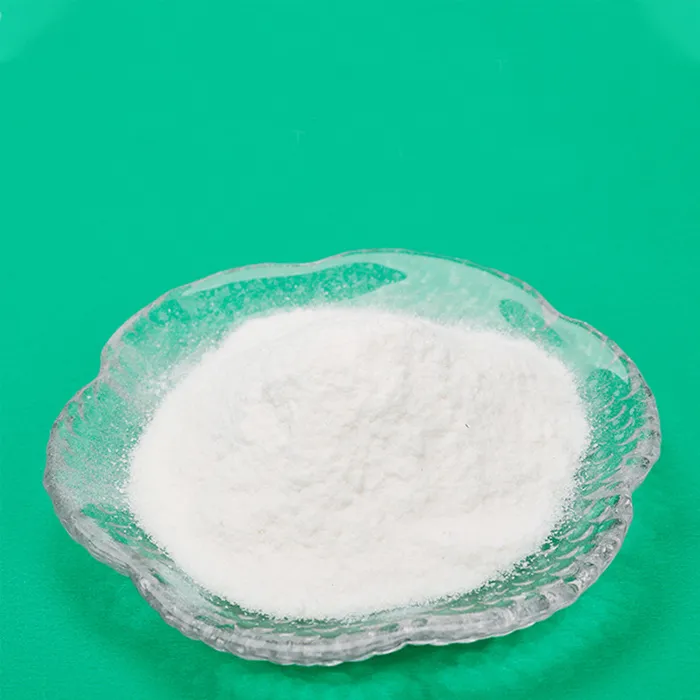Uses of Polyacrylamide A Versatile Polymer in Various Industries
Polyacrylamide, a synthetic polymer derived from acrylamide monomers, has gained prominence in a multitude of applications across various industries due to its unique properties. The polymer, known for its ability to form gels and act as a flocculating agent, has been extensively utilized in water treatment, agriculture, oil recovery, and even in the biomedical field. Here, we explore the diverse uses of polyacrylamide and its significance in enhancing efficiency and sustainability in industrial processes.
Water Treatment
One of the most notable applications of polyacrylamide is in water treatment processes. As a flocculant, it plays a crucial role in the aggregation of suspended particles in water. This property enhances the efficiency of sedimentation and filtration processes, making it essential for both municipal and industrial wastewater treatment. By promoting the formation of larger, more easily removable flocs, polyacrylamide helps in the effective removal of impurities and contaminants from water, thereby improving water quality. Furthermore, using polyacrylamide in water treatment can reduce chemical sludge generation, leading to more sustainable practices and lower operational costs.
Agriculture
In agriculture, polyacrylamide is employed as a soil conditioner, helping to improve soil structure and water retention. Farmers utilize polyacrylamide for its ability to enhance soil moisture, reduce erosion, and promote greater crop yields. When mixed with soil, it forms a gel-like structure that helps retain water, making it particularly beneficial in arid regions where water scarcity is a significant concern. Additionally, polyacrylamide can assist in the efficient application of fertilizers by reducing their leaching, leading to improved nutrient availability for plants. This dual role of enhancing water availability and nutrient retention contributes to more sustainable agricultural practices.
polyacrylamide uses

Oil and Gas Industry
In the oil and gas sector, polyacrylamide serves as an essential component in enhanced oil recovery (EOR) processes. During oil extraction, water is injected into reservoirs to increase pressure and stimulate flow. Polyacrylamide helps improve the efficiency of this process by reducing the viscosity of the injected water, thus allowing for better displacement of oil from the porous rock formations. Its use not only enhances oil recovery rates but also contributes to the overall efficiency of extraction processes, making it a valuable asset in maximizing oil production.
Biomedical Applications
Beyond industrial applications, polyacrylamide has found a place in the biomedical field, particularly in the development of hydrogels and drug delivery systems. Due to its biocompatibility and ability to form hydrogels, polyacrylamide is utilized in tissue engineering and regenerative medicine. These hydrogels can mimic the natural extracellular matrix, providing a supportive environment for cell growth and tissue regeneration. Furthermore, the controlled release properties of polyacrylamide-based hydrogels offer promising prospects for targeted drug delivery, allowing for more effective treatment regimens with reduced side effects.
Conclusion
The diverse applications of polyacrylamide across various sectors highlight its versatility and importance as a polymer. From enhancing water treatment processes and promoting sustainable agricultural practices to optimizing oil recovery and advancing biomedical technologies, polyacrylamide plays a critical role in improving efficiency and driving innovative solutions. As industries continue to seek sustainable practices and improved technologies, the demand for polyacrylamide is likely to remain strong, underscoring its significance in a range of applications. With ongoing research and development, the potential uses of polyacrylamide are set to expand further, paving the way for even more advancements in various fields.

